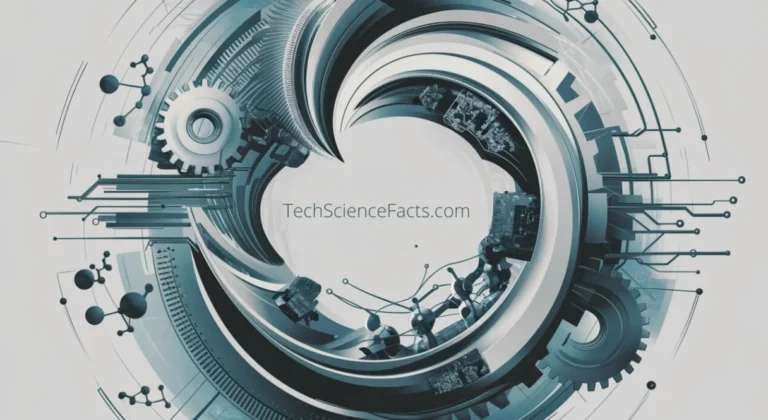A Note About Images: The images used in our articles are for illustration purposes only and may not exactly match the content. They are meant to engage readers, but the text should be relied upon for accurate information.
Welcome to the fascinating realm of Non-Homologous End Joining (NHEJ), a molecular mechanism that holds the key to repairing DNA damage and maintaining the integrity of our genetic material. In this article, we will embark on a journey to explore the intricate process of NHEJ and uncover 12 mind-blowing facts that shed light on its significance in the world of molecular biology.
Delving into the World of NHEJ
NHEJ is a highly conserved DNA repair mechanism that operates across all organisms, from bacteria to humans. Its primary function is to mend double-strand breaks in DNA, ensuring that genetic information is preserved and genomic stability is maintained.
The Versatility of NHEJ
Unlike other DNA repair pathways, NHEJ does not rely on a homologous template to guide the repair process. It can directly join broken DNA ends, even in the absence of sequence information, making it a versatile and efficient repair mechanism.
The Role of NHEJ in Genetic Diversity
Due to its non-homologous nature, NHEJ has the potential to introduce insertions, deletions, or mutations at the repair site. This characteristic not only allows for the repair of DNA damage but also contributes to genetic diversity and evolution.
Exploring the Mechanics of NHEJ
NHEJ is mediated by a multi-protein complex that includes essential components such as the Ku70/Ku80 heterodimer, DNA-dependent protein kinase catalytic subunit (DNA-PKcs), XRCC4, and DNA ligase IV. These proteins work together to efficiently repair DNA double-strand breaks.
Implications of NHEJ in Genome Stability
While NHEJ is crucial for DNA repair, it can also lead to chromosomal rearrangements such as translocations, which have implications for genomic stability and disease development, particularly in conditions like cancer.
NHEJ in Cellular Processes
NHEJ plays a pivotal role in V(D)J recombination, facilitating the assembly of the immune system’s diverse repertoire of antibodies and T-cell receptors. It also contributes to telomere maintenance, essential for preventing chromosomal instability and cellular senescence.
Harnessing the Power of NHEJ in Therapies
The understanding of NHEJ has paved the way for advancements in gene editing technologies like CRISPR-Cas9, offering new possibilities for treating genetic diseases and revolutionizing medical research.
Unveiling the Evolutionary Significance of NHEJ
NHEJ has been conserved throughout evolution, highlighting its fundamental importance in DNA repair mechanisms. Its presence in diverse organisms underscores its critical role in maintaining genome integrity across species.
In conclusion, Non-Homologous End Joining (NHEJ) is a captivating DNA repair mechanism that continues to intrigue scientists and researchers worldwide. By unraveling its mysteries and understanding its implications, we open doors to innovative therapies and advancements in biology and medicine.
FAQs About NHEJ
-
Q: What is Non-Homologous End Joining (NHEJ)?
A: NHEJ is a DNA repair pathway that repairs double-strand breaks in DNA without the need for a homologous template. -
Q: How does NHEJ repair DNA damage?
A: NHEJ repairs DNA damage by directly ligating the broken DNA ends together, often resulting in small insertions or deletions at the repair site. -
Q: What are the key components of the NHEJ machinery?
A: The key components of the NHEJ machinery include Ku proteins, DNA-dependent protein kinase catalytic subunit (DNA-PKcs), Artemis, and DNA Ligase IV. -
Q: What are the implications of NHEJ in cancer research?
A: NHEJ dysregulation can lead to genomic instability, a hallmark of cancer. Understanding NHEJ can help develop targeted therapies and improve cancer treatment strategies. -
Q: Does NHEJ have any other biological functions?
A: Apart from DNA repair, NHEJ also plays a role in V(D)J recombination during immune cell development and telomere maintenance.
Expand your knowledge of cellular processes and DNA repair mechanisms by delving deeper into the fascinating world of NHEJ. Join us on a journey of scientific discovery as we unravel the intricate workings within our cells and uncover the secrets of genetic maintenance and diversity.





